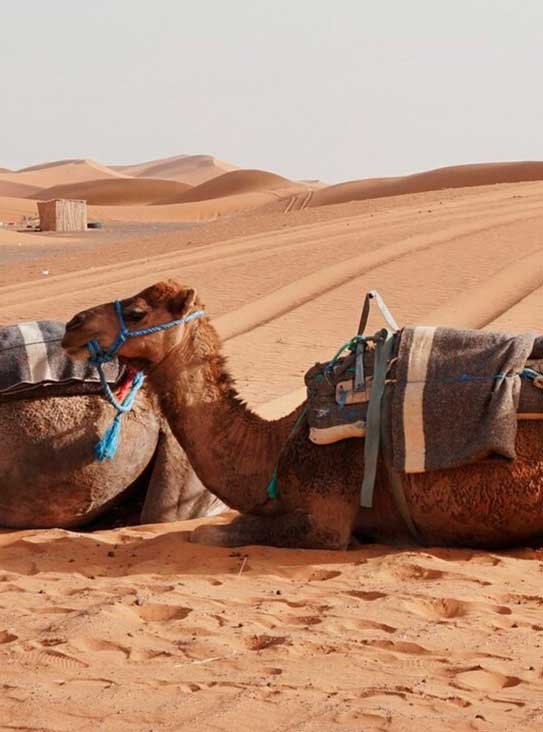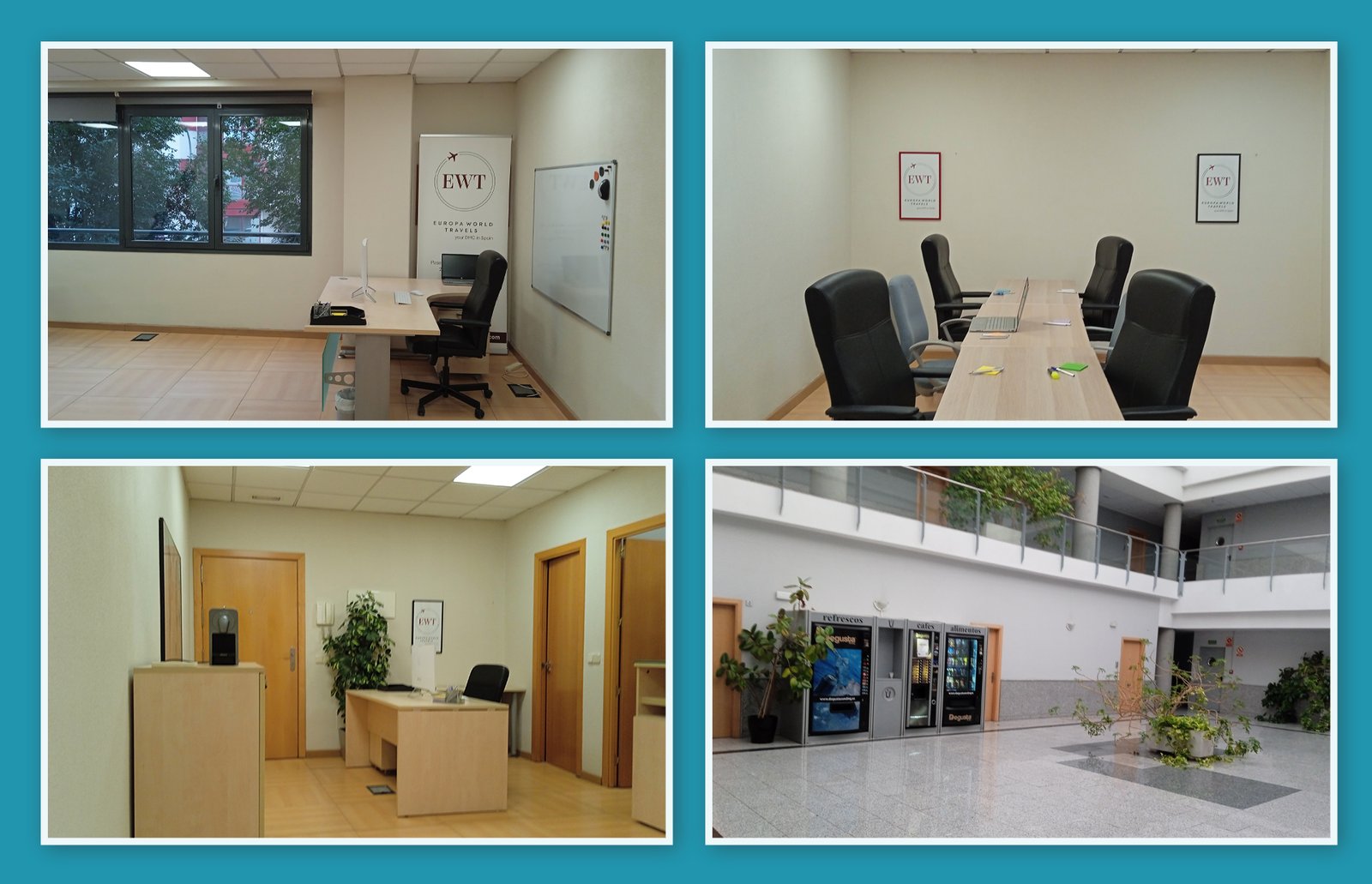Located on the north-western edge of the African continent, Morocco is just a short flight from Europe.
There are several reasons to visit Morocco. This beautiful country is full of deserts, mountains, beaches, small villages and big cities.
The culture of Morocco is a blend of the Berbers, Romans, Jews and Arabs, Spanish Moors, Portuguese, and French and all have left their mark on this country, and it can be felt in their languages, cuisine and architecture.
There are several places in Morocco which you can visit . For example historical big cities like Fez or Marrakesh to small towns like Merzouga. Explore the beach, in cities like Essaouira or go for adventures in the Atlas Mountains.

